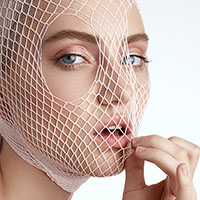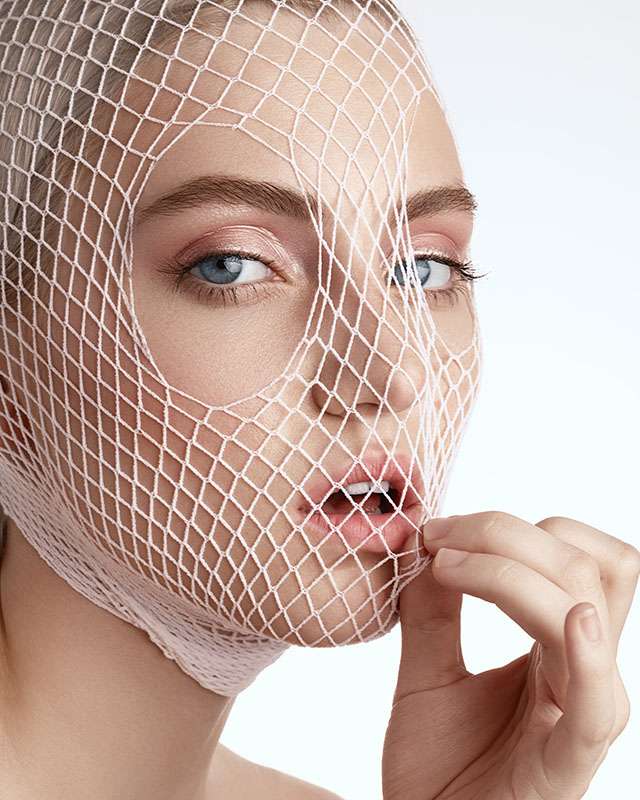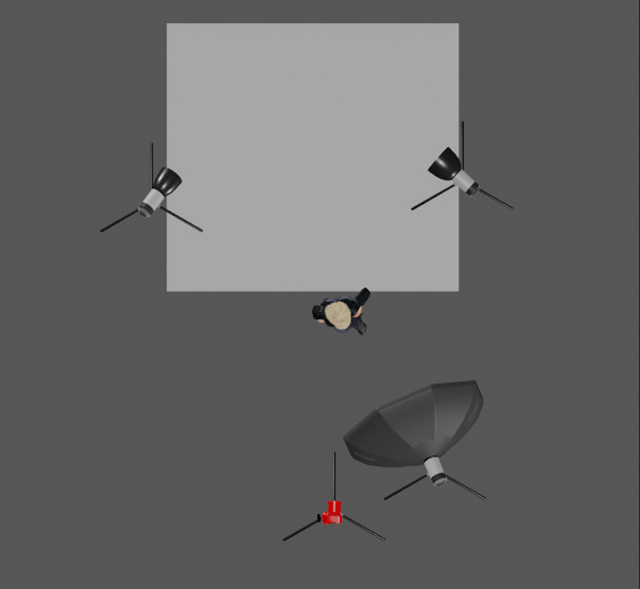How to light white on white and black on black without clipping highlights or crushing shadows
posted Tuesday, June 22, 2021 at 1:00 PM EDT

Last month, we wrote about an article by photographer Zach Sutton wherein he discussed how light placement affects the look of a portrait subject. Sutton also wrote about how to shoot portraits against a white backdrop. In that article for Lensrentals, Sutton admits he didn't give quite enough detail about maintaining exposure levels. In a new article on Lensrentals, Sutton dives deep into controlling light, not just for white clothing against a white, but also for photographing a subject in black clothing in front of a black background.
Each scenario poses distinct exposure challenges. Sutton writes, 'If you've dabbled in off-camera lighting or even natural lighting at times, you'll quickly discover how difficult working with white can be. It's no surprise that many people ask their subjects specifically not to wear white clothes, as it's easy to blow out the highlights and ruin an otherwise good photoshoot.' To understand more about the challenge, it's important to understand how white and black absorb and reflect light. Sutton has made a couple of videos using black and white V-flats to showcase the differences.
When Sutton photographs a subject wearing white against a white backdrop, 'distance is everything.' He recommends lighting the background and subject independently and adding as much distance as possible between the background and subject. By controlling the lighting independently, you can better control the level of light on each and better control your highlights.

It's important not to blow out your highlights. The best way to monitor for this issue is to keep an eye on your histogram. If a highlight is blown out, there won't be any detail, which is okay for a background but not for a wardrobe or a person with pale skin. Sutton writes, 'Backdrop not blown out? Bump up the lights, a stop of power, and try again. Subject's light is too bright? Turn the light independently, lighting your subject down.'

When photographing black wardrobes against a black background, Sutton says it's important to control light spills. You want to light your subject, but you don't want to light the background. 'This is where tools like Snoots, Barndoors, and flags will be exceptionally important.' When shooting black and black, Sutton thinks it's important to use modeling lights. It helps you get a representation of where the light is going.
Sutton continues, 'Another technique to avoid light spills is to feather your lights away from the backdrop. By feathering your light, you can have it spill onto the subject without adding light to the other elements.'
To learn more about lighting white on white and black on black, head over to Lensrentals to read Sutton's full article. To view more of Sutton's work, visit his website.
(Via Lensrentals)